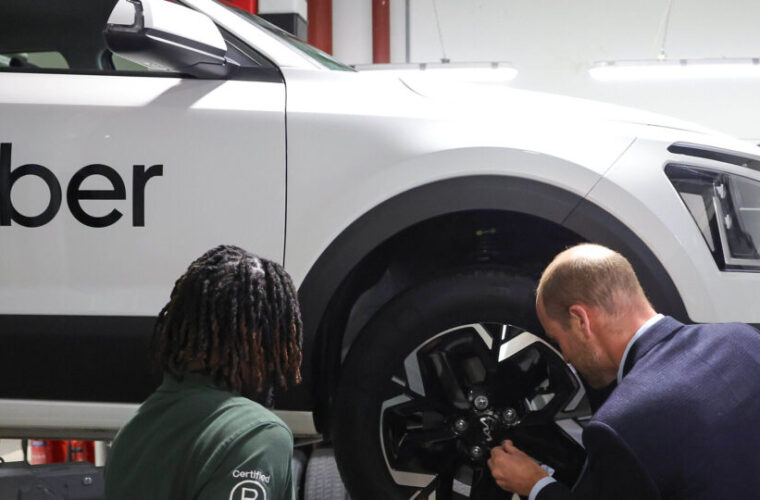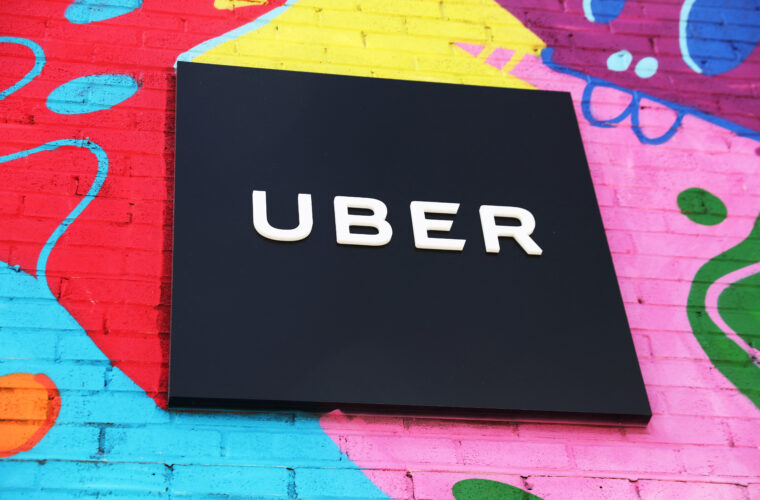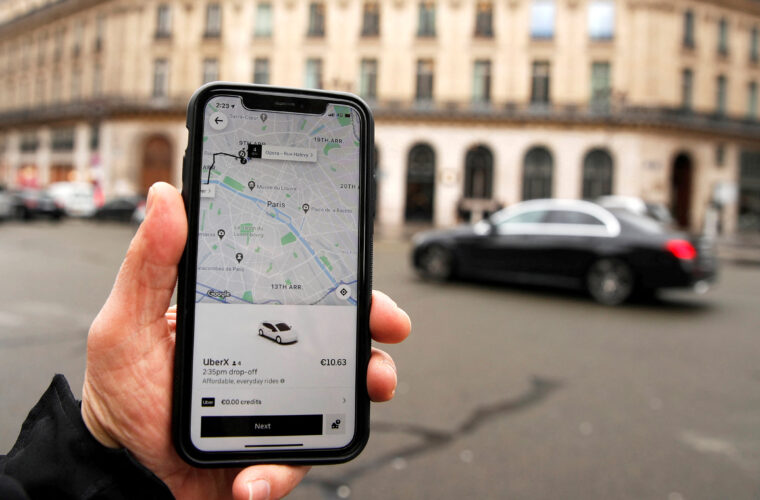Revenues beyond expectations and new transport options to become a ‘travel app‘ capable of satisfying travellers’ every demand. This is how Uber is leaving behind the toughest period in its history, culminating with the Uber Files that led to the exit of former CEO and co-founder Travis Kalanick, replaced by Dara Khosrowshahi, the architect of the Californian company’s new course.
Careful to grow its delivery business with its Eats division in recent years, the San Francisco-based company has recently fired several arrows from a quiver that is becoming increasingly wide. A few days ago, Uber unveiled its latest innovations at its annual Go/Get event, with an eye on teenagers, those without smartphones and those in emergencies without the help of the mobile app, as well as those travelling with children and those looking to treat themselves to a summer luxury.
New features to attract new clients
Ride-hailing giant has launched a toll-free number (1-833-873-8237) with which American users can request a ride in English or Spanish. The idea was born on customers’ advice regarding the need for technology-unfriendly family members to plan an unexpected trip quickly.
After closing a deal with Nuna, from now on, those in need will be able to book a car equipped with a child seat, which supports a weight of up to 30 kg (the first cities to offer the service will be New York and Los Angeles). On the other hand, those spending their holidays in Mykonos (Greece) will be able to enjoy the pleasure of a yacht excursion via the app, which allows you to rent a boat for up to eight people.
The most lucrative feature for the company, however, could be family accounts, which allow multiple profiles to be linked together so that rides and deliveries can be booked and paid for from a centralised account and real-time updates on location and orders can be received. Within the family profile are teen accounts, designed to make it easier for teenagers to travel between school, sports practice and any other situation where no family member can take them.
Valid for 13- to 17-year-olds, the option stipulates that only experienced and highly-rated drivers will be able to drive teens to their destinations, whose accounts are privacy-protected by security features such as Verify My Ride, RideCheck and Audio Recording. Parents can also monitor rides in real-time to know where their child is going, and with which the parents can contact the driver in case of need. Teen accounts will also be available on Uber Eats so kids can order meals while parents can monitor orders and spending via the app.

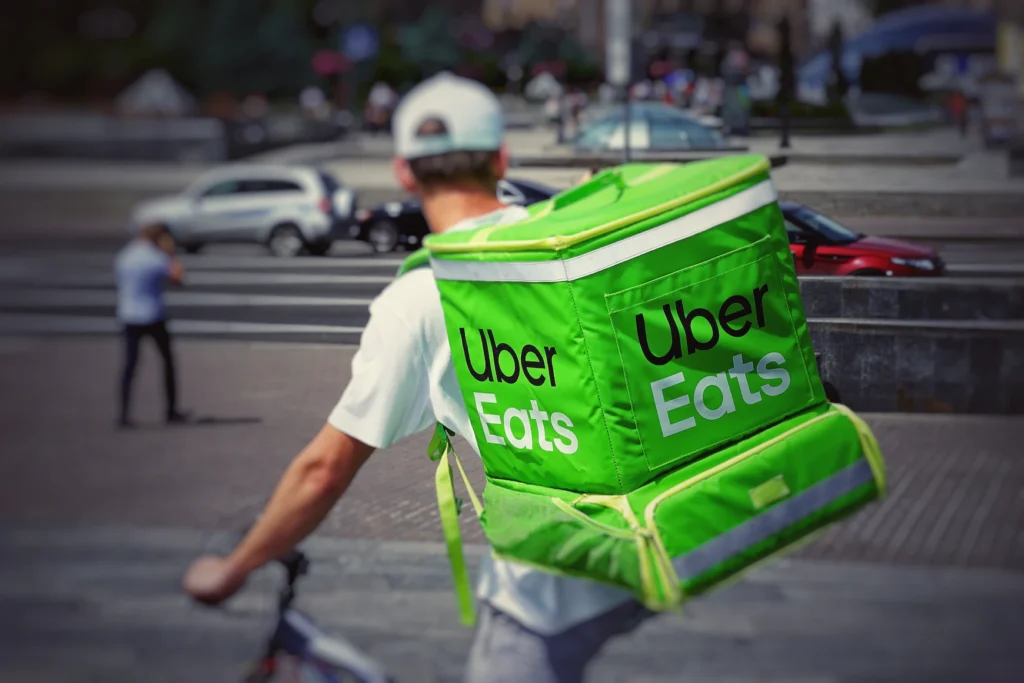
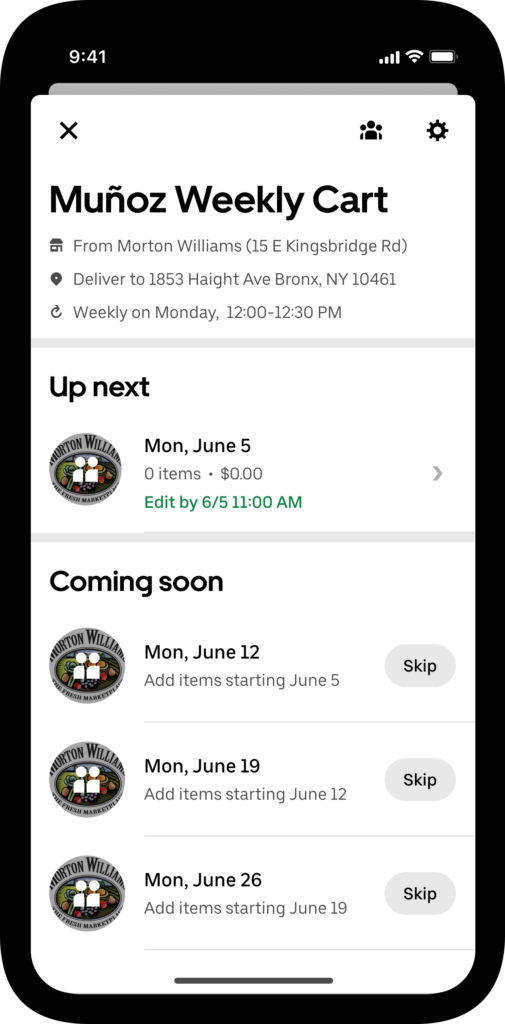


It’s robotaxi time in the US
Meanwhile, Uber continues to invest in strengthening its ecosystem, ranging from self-driving cars to purchasing international flights. In the former case, after the first robotaxis was activated in late 2022 in Las Vegas thanks to the start of a ten-year partnership with Motional (a joint venture between Hyundai and Aptiv supplying the electric Ioniq 5), Uber is replicating the scheme in Phoenix via Waymo’s driverless cars. The Google spinoff has completed its test phase in the Arizona capital, and its robot taxis, which will also be used for Uber Eats deliveries, will become part of the former rival’s vehicle fleet by the end of the year.
The challenge between the two companies ended at the end of 2020 when Uber sold Aurora, its division specialising in the development of self-driving cars, which was too expensive due to disappointing results. Now the two companies are joining forces intending to combine ‘Waymo’s world-leading autonomous driving technology with Uber’s massive ridesharing and delivery networks’.
Even in the UK, flights are booked via the app
To the already available train and bus bookings (via Megabus and National Express), the company directly expands its options with flight bookings (and payment) in the app. Thanks to the partnership with Hopper, from which Uber will take a commission for each ticket sold, it will be possible to organise a trip from the point of departure to the final destination. The expansion of services also partly concerns Europe, specifically the UK, the main European market for all US companies.
Uber aims to ride on air travel to secure the complete package, with transfers to and from the airport facilitating customers’ planning. A far from random choice, of course, since almost 15% of the company’s global turnover comes from airport connections, this is how Uber is moving up the ladder, as the accounts for the first quarter of 2023 show: revenues up 28% year-on-year to USD 8.82 billion, with an average of 24 million trips per day and a net loss of USD 157 million, lower than expected.

